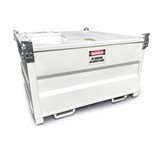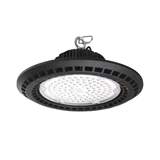When I was an engineering apprentice in the 1950s, I got the job of cleaning the carbon off the engine internal parts prior to being repaired. The diesel fuel used as the cleaner, at the time, was like a light grade lubricating oil, which did not help the cleaning. To help the cleaning process, I had to add about 25% of kerosene to the diesel to enable the liquid to be abrasive enough to help with the cleaning.
In later years, like the 1990s kerosene was not needed to help with the cleaning, as the diesel fuel was abrasive enough. In the year 2000 the fuel companies reduced the sulphur content in the diesel from, in excess of 2000 PPM to 500 PPM. Sulphur was the predominant lubricant in the fuel. I checked up on the Internet and found that in America the diesel fuel, at 500 PPM was so abrasive that different engine manufacturers were saying that their fuel pumps (being fuel lubricated), were wearing too quickly. The Cummins firm were advertising on their web site, for their customers to add a lubricant to the diesel.
In 2002 the sulphur content was lowered to 300 PPM in Queensland and W.A., this was creating more wear. However, since June 2003, the sulphur content has been reduced to 50 PPM in all Australian States. Now, even B. P. have admitted to me by e-mail, that they have added a "mono ester" lubricant to the diesel. I hope this is sufficient. Some fuel system servicing businesses are saying the fuel pumps and injectors are wearing much more often than they used to. The "top ring" on the piston is only fuel lubricated, so we need to put a lubricant in our fuel.
As the sulphur was at 50 PPM and lubrication in the fuel was very low, to add to this problem, as from the winter of 2004, the introduction of "Winter Diesel" was needed in areas where temperatures in winter were very low (5 deg. and lower). "Winter Fuel" is diesel fuel with either kerosene or heating oil (type of kerosene) added, to stop the fuel from gelling in the cold weather. Kerosene is used in workshops to help the cutting of metal as in honing cylinder bores. Consequently kerosene in your fuel is helping to wear the fuel systems and top end of the engines, much quicker than before Sulphur removal.
There are thousands of Farmers & Contractors in Australia using the Bi-tron fuel & oil treatments to overcome this lubrication problem, as well as saving 20% & more of their fuel costs. The biggest problem I have in promoting these amazing Bi-tron treatments, is getting people initially, to believe, that, using the Bi-tron treatments has the ultimate possibility to produce the results of 20% or more fuel savings.



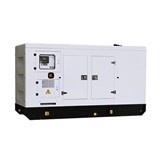
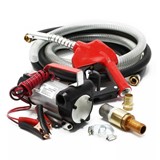
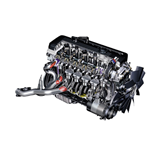
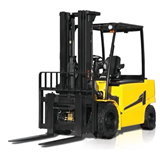
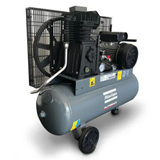
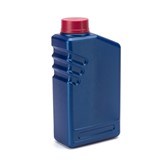

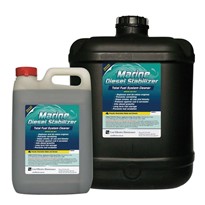
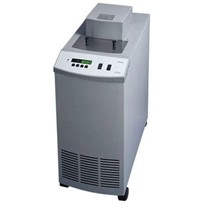
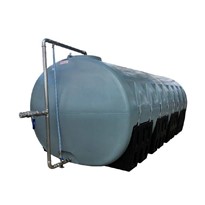
-205x205.jpg)

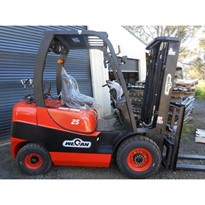
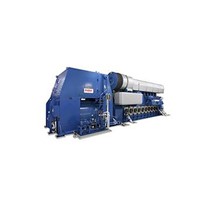
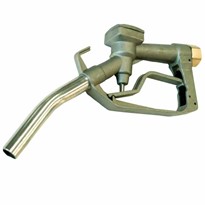
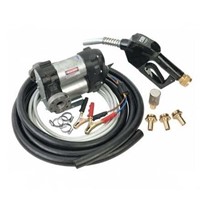
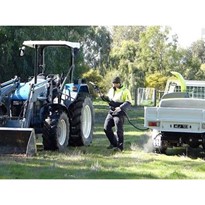
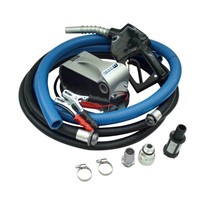
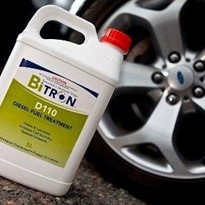

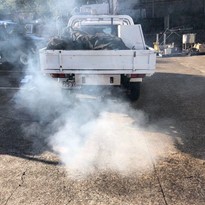
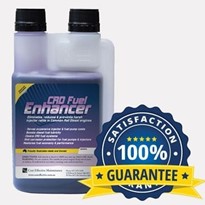
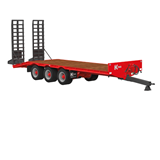

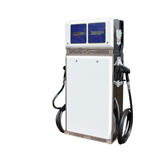

-160x160-state_article-rel-cat.jpg)
